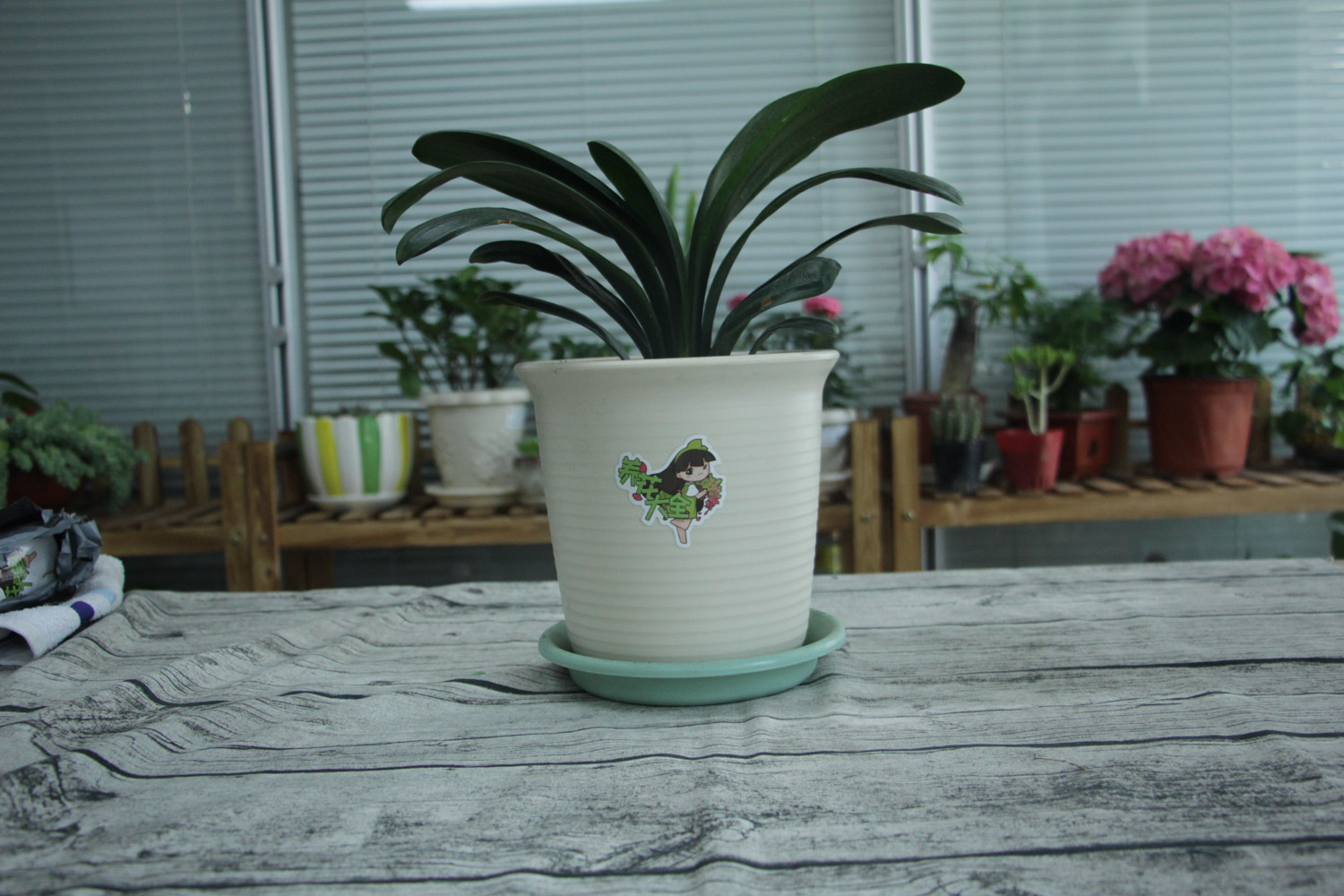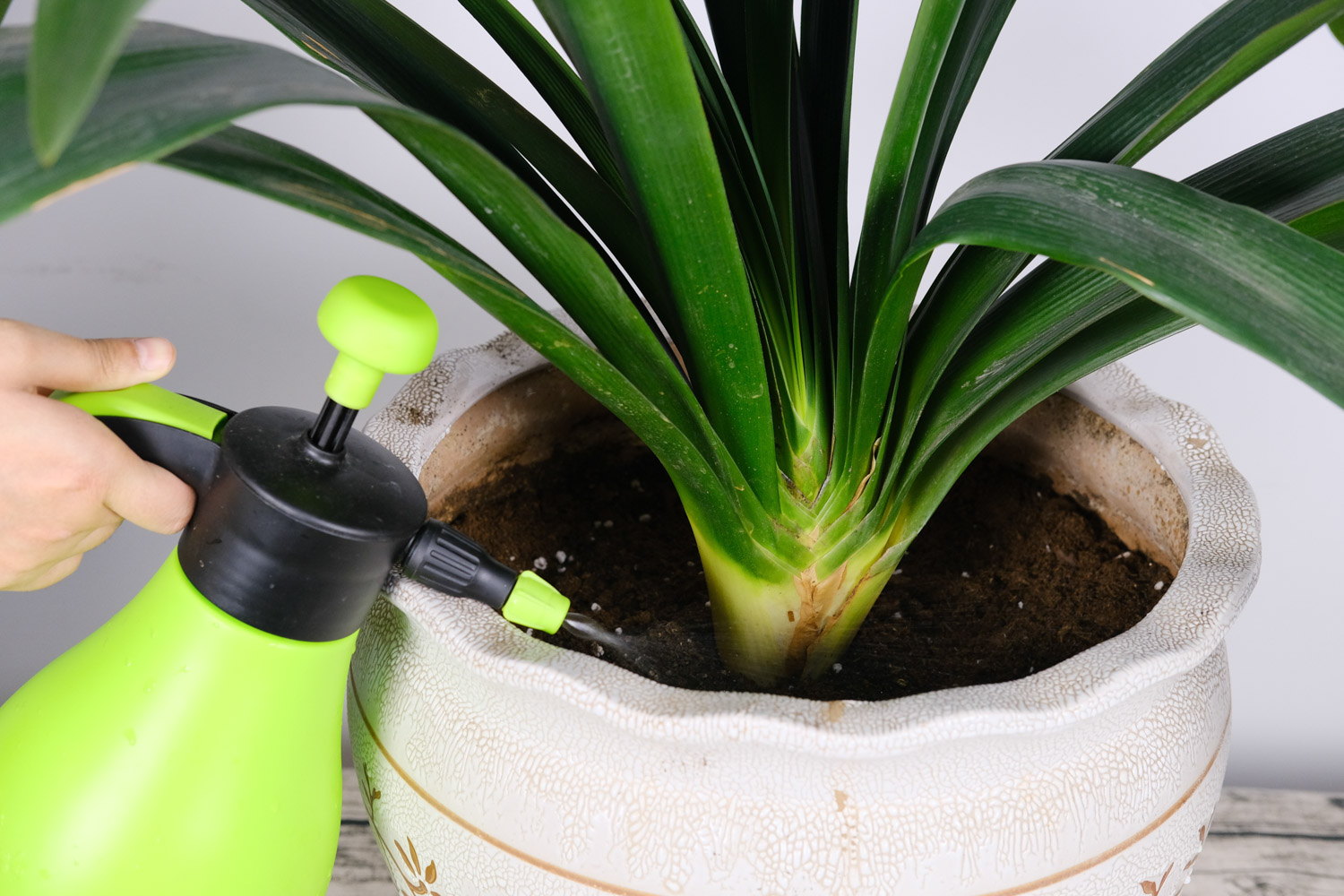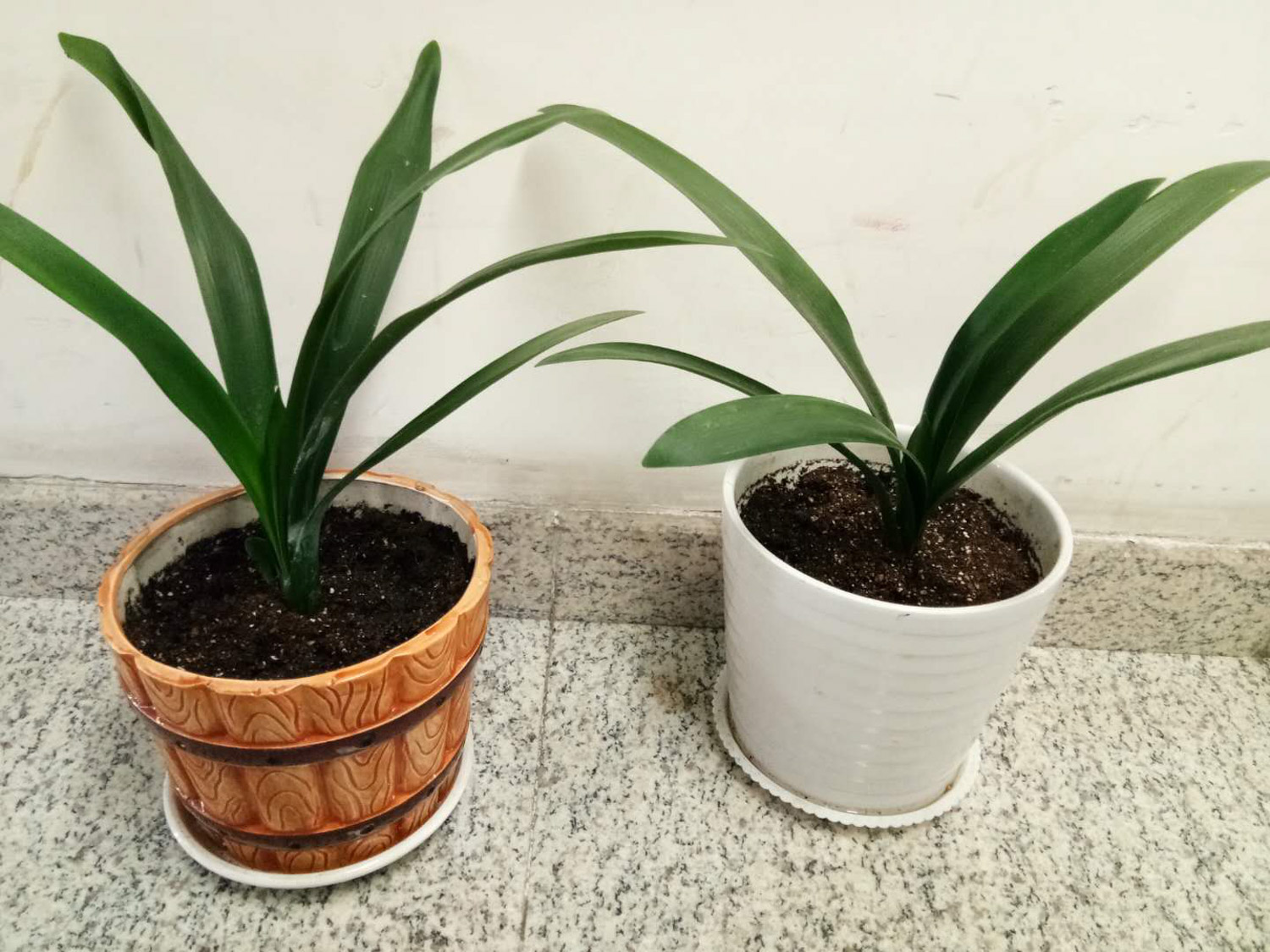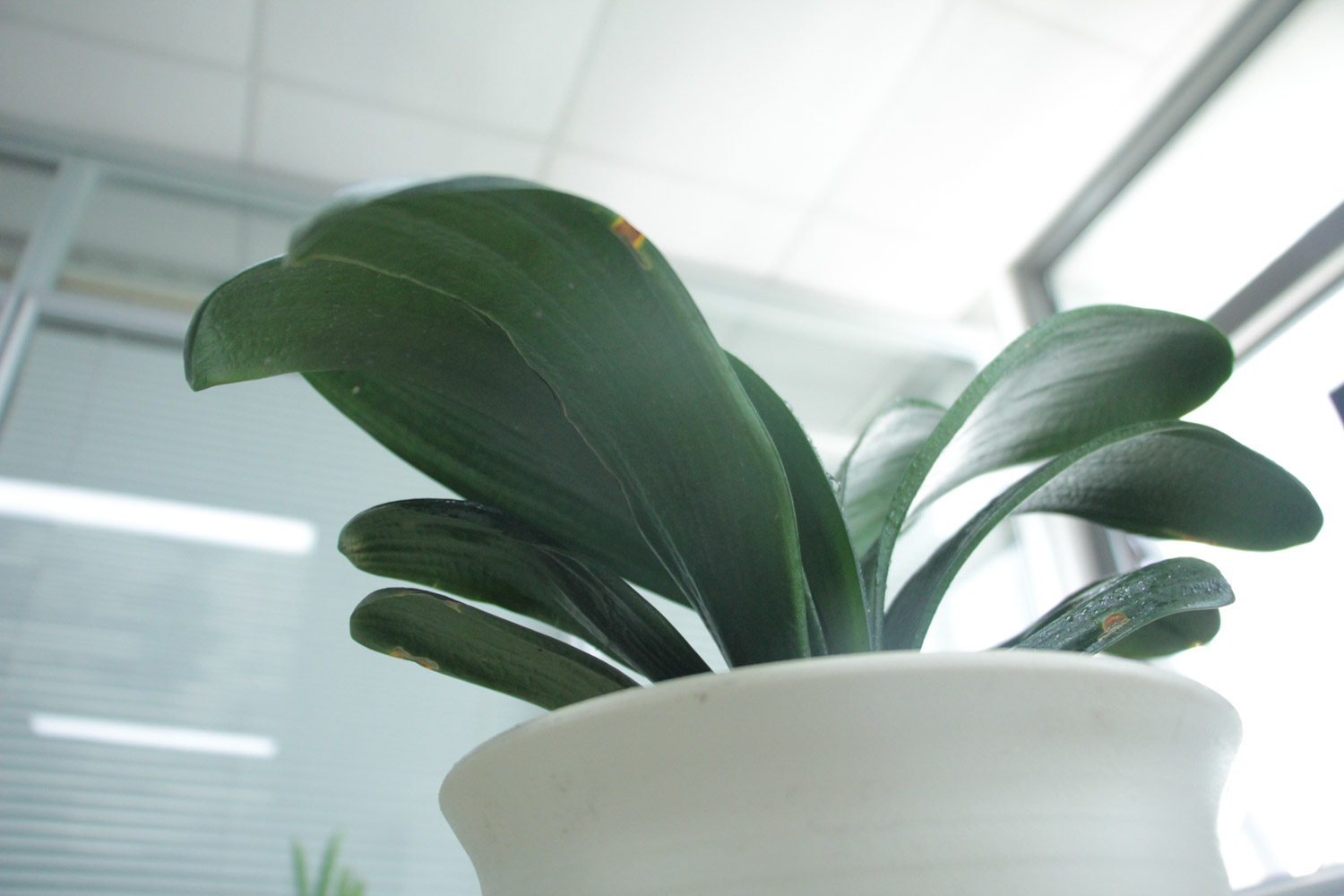1、 Soil
When curing Clivia, soft, breathable, fertile soil with strong drainage capacity shall be used, and the soil preparation method shall be paid attention to. It can be mixed with rotten leaf soil and river sand in the proportion of 7:3, or peat soil, pine needle soil, perlite and rotten peanut shell in the proportion of 2:2:1:1. The soil prepared by yourself needs to be disinfected before use. It can be disinfected with disinfection solution or exposed to the sun. Or go to the florist to buy special soil
2、 Illumination
Clivia likes light, but can only accept astigmatism and is afraid of strong light. The light at the end of spring, summer and early autumn is very strong. It should be placed in a place with slightly dark indoor light. Do not expose to the sun, otherwise it is easy to get sunburned. At the beginning of spring, the end of autumn and winter, the light is very soft. You can put it in a place with good light. Let Clivia bask in the sun more to promote better photosynthesis. The leaves will become greener and bloom better

3、 Temperature
The temperature suitable for the growth of Clivia is between 15 and 25 ℃. It is afraid of high temperature and its cold resistance is not high. Therefore, temperature control measures should be taken in time in summer and winter. When the temperature exceeds 30 ℃ in summer, strengthen ventilation, block the strong light in time, and spray water frequently to cool down. If the temperature is lower than 5 ℃ in winter, it is necessary to move to a warm place. It is best to control the temperature at about 10 ℃ to avoid frostbite
4、 Watering
Clivia likes a humid environment, but it is afraid of waterlogging. Its roots are fleshy and easy to rot with more water. Therefore, it doesn't need to be watered too often. If the soil is dry, it can be watered in time. If the soil has moisture, do not water it first. The specific watering times are determined according to the season. In spring and autumn, it is usually once every four or five days, once a day or two in summer, and properly control water in winter, just once a week or so. If the climate is dry, you can often spray water on the plants to improve the humidity

5、 Fertilization
It belongs to the plant that likes fertilizer. When planting in the pot, it is necessary to lay the base fertilizer at the bottom of the flowerpot, and use the rotten organic fertilizer as the base fertilizer. There are many nutrients consumed in the peak growth season, and topdressing is needed in time. The specific fertilizer species are determined according to the growth stage. Diluted compound fertilizer solution can be applied at the initial stage of germination, preferably with more nitrogen elements to promote better germination. Before flowering, fertilizer with more phosphorus and potassium should be applied, and the amount of nitrogen fertilizer should be stopped to avoid overgrowth. Potassium dihydrogen phosphate fertilizer can be diluted and then sprayed with fertilizer solution. It consumes a lot of nutrients during flowering. It needs topdressing after the end of flowering to promote recovery as soon as possible. At this time, compound fertilizer containing multiple elements can be applied
6、 Diseases and insect pests
During the maintenance period, if the environment provided by Clivia is not suitable, such as poor ventilation environment, too frequent watering and spraying, and too high temperature, it is easy to be infected with diseases and pests. Once found, it should be treated as soon as possible to avoid death. Common diseases include leaf spot, anthrax, soft rot, etc. they need to be isolated first, then the diseased parts should be trimmed, and sterilized drugs should be used. The common pest is scale insects. If the number of pests is small, just scrape them off directly. If the number of pests is large, you need to spray 1000 times of 25% imithion emulsion for treatment

7、 Change Basin
1. Time: during the maintenance of Clivia, it needs to change the basin once a year, so as to have enough growth space, and the soil is not easy to harden, which can promote the more vigorous growth of Clivia. Changing pots is generally carried out around March in spring or October in autumn. The climate is suitable and can help it recover its growth as soon as possible
2. Take off the basin: if you want to change the basin for Clivia, you need to cut off the water one week in advance, so it is convenient to take off the basin. Take out the plant with the soil mass and carefully remove the soil mass to expose the root system. Also prune rotten roots, dead roots, old roots, etc., leaving only strong roots. After pruning, disinfect and sterilize, and soak it in carbendazim solution for a while
3. Pot soil: the original pot soil can no longer be used. The flower pot should be slightly larger with drainage holes at the bottom. The soil can be prepared by the above methods, or nutritional soil can be purchased
4. Upper basin: after the basin soil is ready and the Clivia wound is dried, it can be planted in the basin. First, lay ceramsite at the bottom of the flowerpot to improve the air permeability, and then put in the soil, base fertilizer, plant, and fill and compact slowly. After planting, it should be watered in time and maintained in a warm, semi cloudy and well ventilated environment. If the environment is suitable, it will soon return to normal growth
8、 Ramet
Clivia is usually propagated by branching. First take out the Clivia, carefully remove the soil from the root, and prepare the sterilized knife. Then find out the axillary buds that can be divided, and carefully take down the small buds with a knife. After removal, dry the wound, take root in hydroponic culture, and then plant it in the soil after the root system grows, so as to have a higher survival rate and fast rooting speed

What about Clivia with arrows
Clivia is prone to arrows. Once found, it needs to be treated as soon as possible. Use a black plastic bag to completely cover the Clivia, or move to an opaque place. Don't let it bask in the sun first, which can make the flower arrow grow in vain and succeed in drawing the arrow. Also pay attention to the temperature difference between morning and evening. It is easier to draw arrows when the temperature difference is large at flowering. It is best to control the temperature at about 25 degrees during the day and about 15 degrees at night, so that the flower arrows can be drawn out soon. You can also prepare slightly thicker cloth strips to help the leaves on both sides of Clivia respectively, so that there is enough space to urge the flower arrows to be pulled out as soon as possible
What about the rotten roots of Clivia
1. Strict water control: the root system of Clivia is fleshy and afraid of waterlogging. If the watering is not well controlled, the amount of water is prone to rotten roots, which seriously hinders the growth. Watering it must be strictly controlled. The soil is slightly wet. There can be no ponding to avoid rotten roots
2. Rational fertilization: the rotten roots of Clivia may also be caused by improper fertilization. Although they like fertilizer, they are afraid of thick fertilizer and growing fertilizer. If concentrated fertilizer is applied, it is easy to produce fertilizer damage, resulting in root rot. Topdressing should be carried out according to the thin fertilizer and frequent application method. It is best to dilute the fertilizer and apply the fertilizer solution
3. Treatment method: no matter what causes the rotten roots, once found, take out the plants from the soil as soon as possible, and prune the roots. Cut off all the rotten roots and disinfect them. The original soil can no longer be used. Pour it all out, prepare new soil, plant it in pots again, and recover its growth in time
How does Clivia spend the winter
Although Clivia blooms in winter and spring, its cold tolerance is not high. It needs to be placed indoors after the temperature is controlled in the north, especially after it enters the winter. After winter, its growth speed slows down, the number of watering should be reduced, and the soil should be watered after it becomes dry. If there is indoor heating and the climate is dry, water can be sprayed frequently. In addition, we should let more people bask in the sun. In winter, the light is soft. It is best to put it in a place with good indoor lighting and bask more in the sun, which is conducive to winter and flowering

 how many times do yo...
how many times do yo... how many planted tre...
how many planted tre... how many pine trees ...
how many pine trees ... how many pecan trees...
how many pecan trees... how many plants comp...
how many plants comp... how many plants can ...
how many plants can ... how many plants and ...
how many plants and ... how many pepper plan...
how many pepper plan...





























